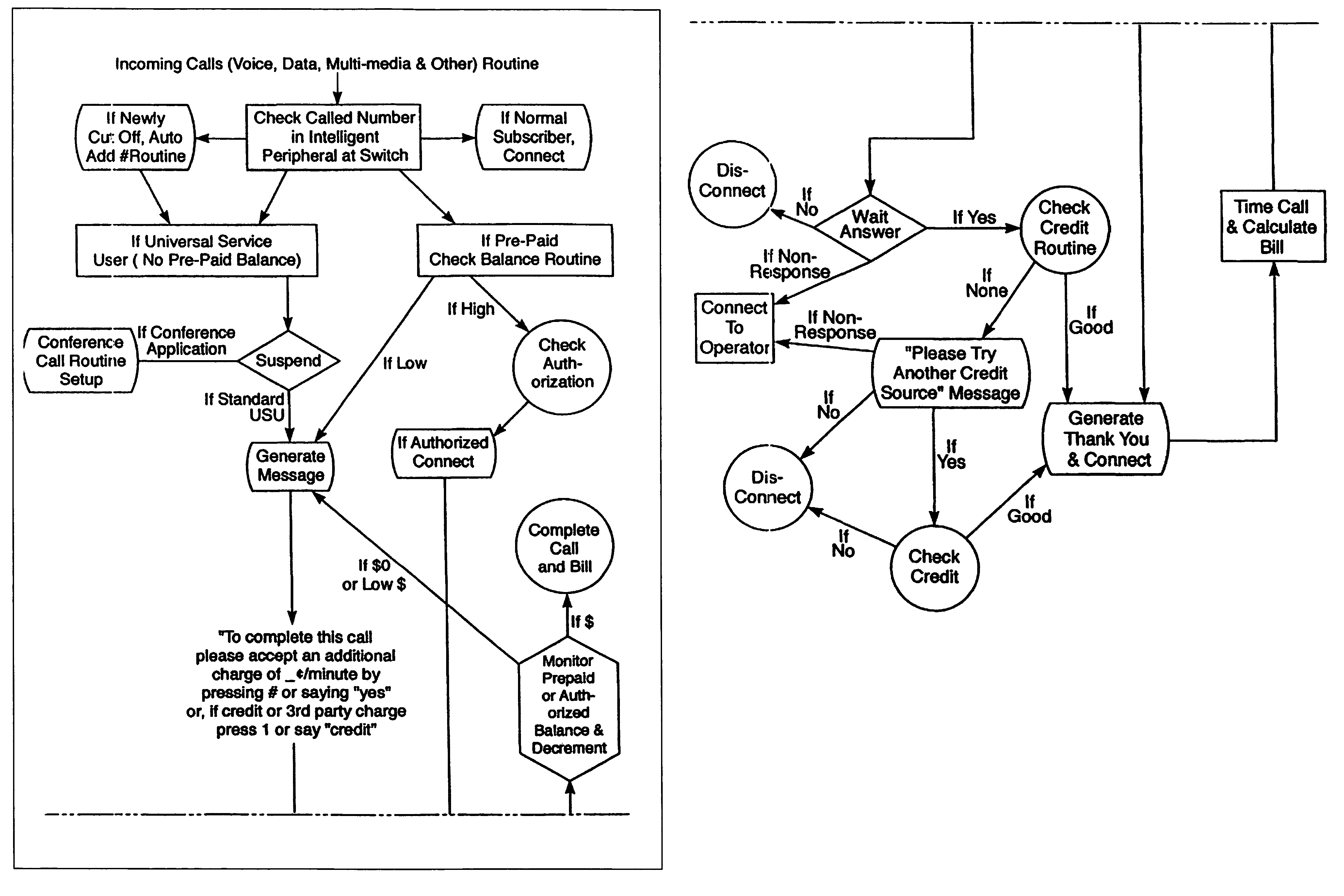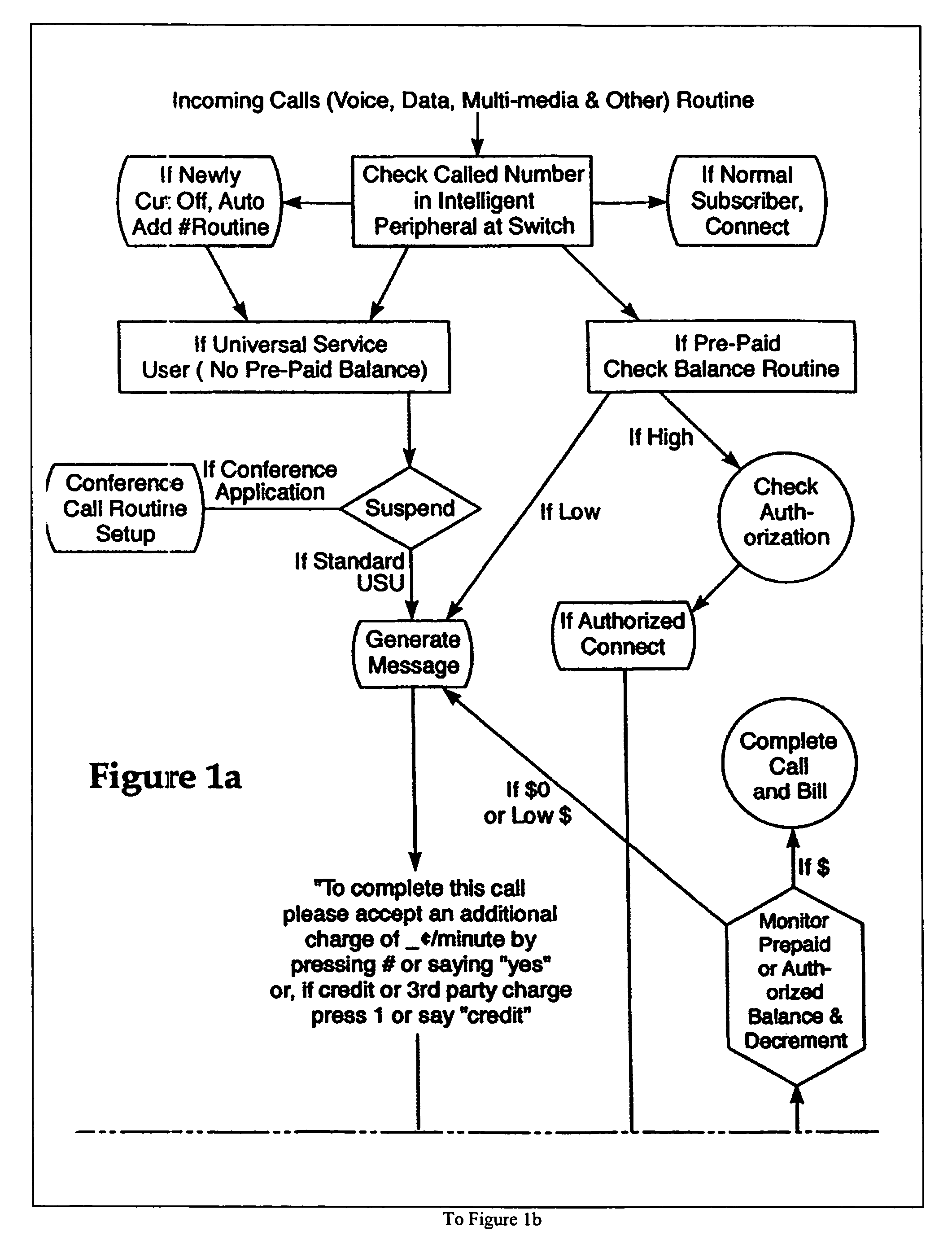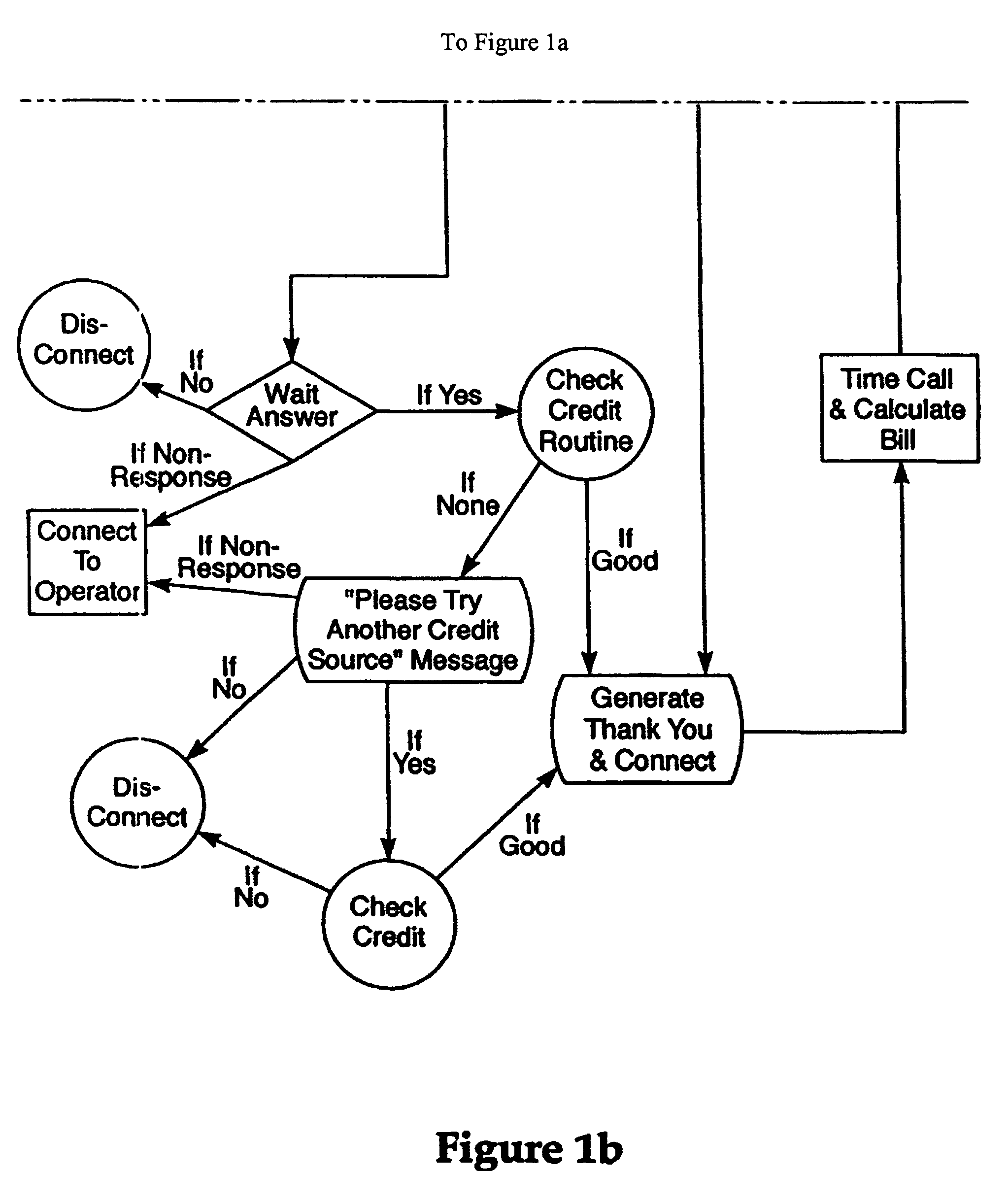System and method for providing interoperable and on-demand telecommunications service
a telecommunications service and interoperable technology, applied in the field of voice and data communications, can solve the problems of lack of universal service, the inability to provide telephone or other communication service, and the inability to provide immediate and interoperable public safety communications, etc., and achieve the effect of facilitating economic participation
- Summary
- Abstract
- Description
- Claims
- Application Information
AI Technical Summary
Benefits of technology
Problems solved by technology
Method used
Image
Examples
Embodiment Construction
[0044]Reference will now be made in detail to the preferred embodiments of the present invention, examples of which are illustrated in the accompanying drawings.
[0045]For the purposes of the present invention, the universal service user is also defined as an “exempt” user or “sponsored” user, and the services are alternately referred to as “universal service,”“exempt service,” or “sponsored service.”“Call” is used either as a voice, data, or multimedia contact.
[0046]The present invention provides software operating in routers, telephone central office switches and / or their intelligent peripherals or in private networks or virtual private networks. Such operating software may also be installed in other network devices for wireline and wireless local loop services and long distance services, in user and service provider equipment including switches, PBX's, telephony systems, controlling local area networks, and wide area networks. The software may also provide universal access to port...
PUM
 Login to View More
Login to View More Abstract
Description
Claims
Application Information
 Login to View More
Login to View More - R&D
- Intellectual Property
- Life Sciences
- Materials
- Tech Scout
- Unparalleled Data Quality
- Higher Quality Content
- 60% Fewer Hallucinations
Browse by: Latest US Patents, China's latest patents, Technical Efficacy Thesaurus, Application Domain, Technology Topic, Popular Technical Reports.
© 2025 PatSnap. All rights reserved.Legal|Privacy policy|Modern Slavery Act Transparency Statement|Sitemap|About US| Contact US: help@patsnap.com



